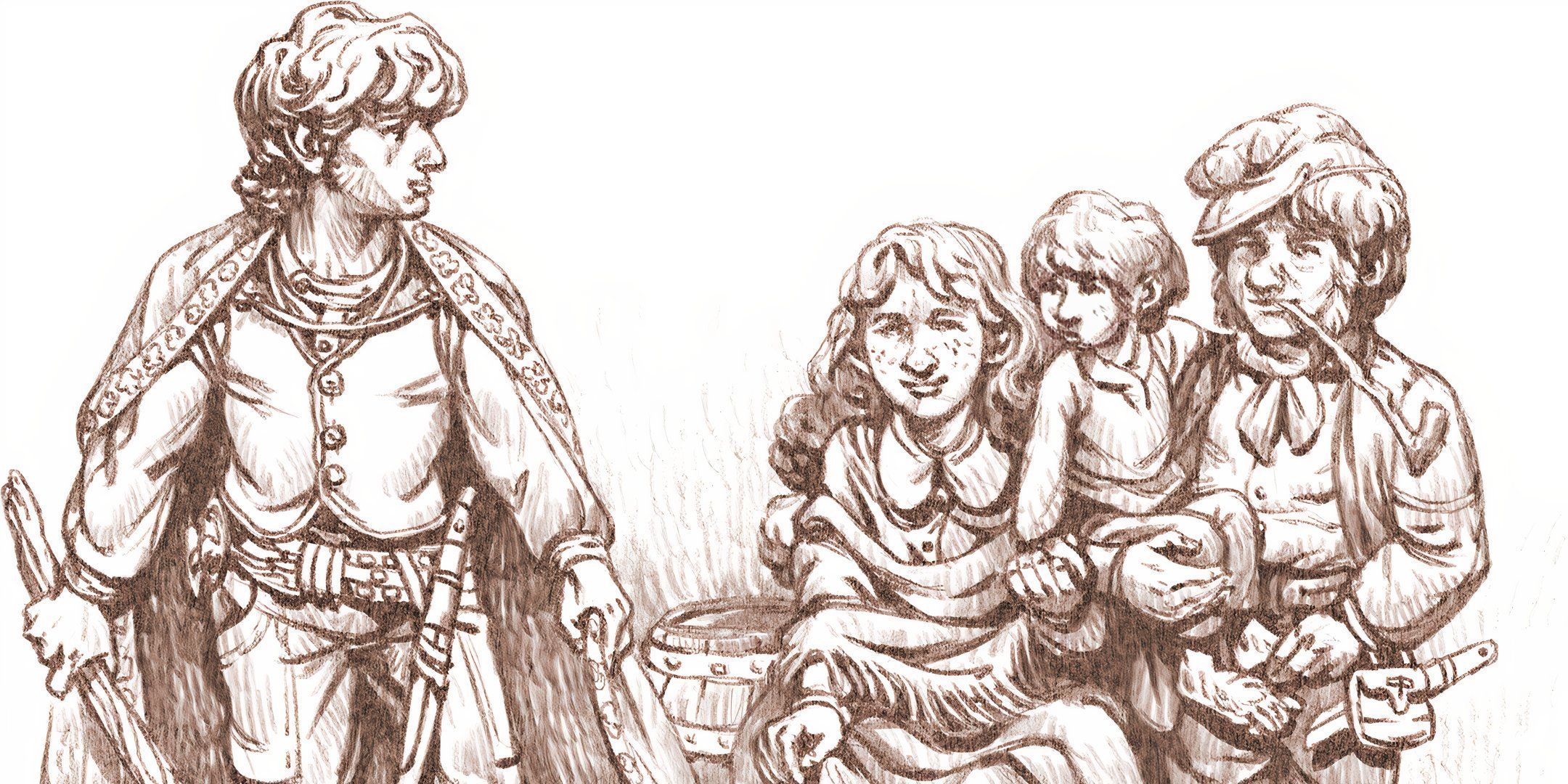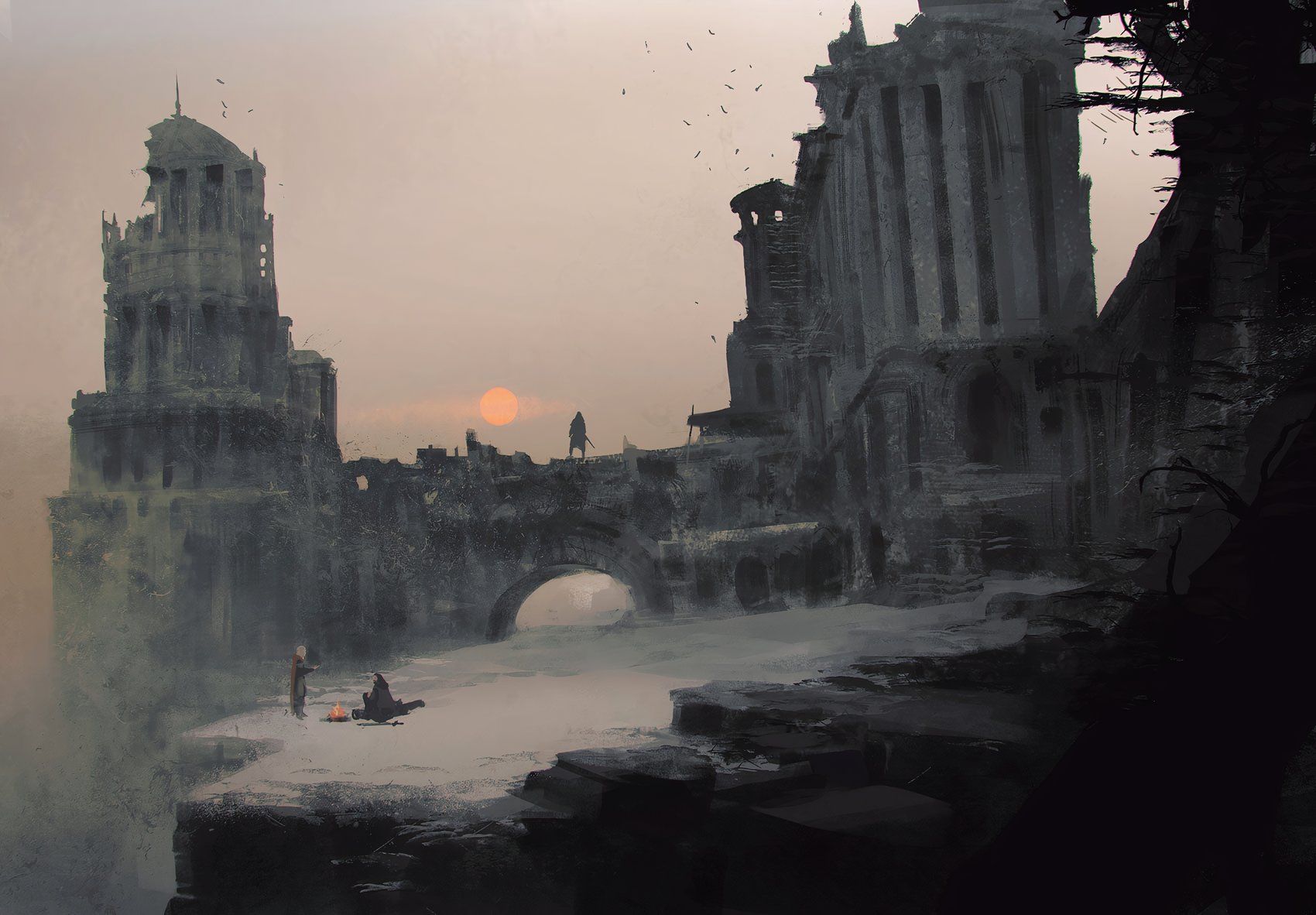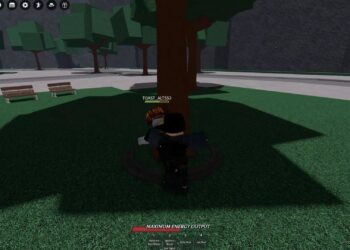Imagine the excitement of taking one of the most beloved tales in fantasy and adapting it for your own gaming table. Bringing the universe of The Lord of the Rings into a tabletop setting like Dungeons & Dragons allows adventurers to immerse themselves in a world they’re familiar with. This integration creates an amazing opportunity for players and Dungeon Masters to embark on their own epic journeys within the realm of Middle-earth.
By adjusting elements from the fifth edition of D&D, The Lord of the Rings Roleplaying provides a distinct way to experience adventures as if you’re actually in Middle-earth. Here’s everything you need to know about getting started with this engaging world using 5E mechanics.
To engage with The Lord of the Rings Roleplaying, you’ll need a basic understanding of D&D 5E, as this is not a standalone game but rather a supplement.
Modifications for the Fifth Edition
Though the core mechanics remain similar, players will need to implement some adjustments when transitioning to this version of D&D. Here is a quick guide to note the changes:
|
D&D: Fifth Edition |
The Lord of the Rings Roleplaying |
|---|---|
|
Dungeon Master |
Loremaster |
|
Player Characters |
Player-heroes |
|
Race/Species |
Cultures |
|
Classes |
Callings |
If you’re well-versed in The One Ring’s system, you can also use success dice instead of the D20.
Throughout this guide, we’ll use the terminology specific to The Lord of the Rings Roleplaying.
Phases of Adventuring and Fellowship
The game is played in two phases: the Adventuring Phase and the Fellowship Phase. The Adventuring Phase consists of three distinct categories:
|
Adventuring Phase |
|
|---|---|
|
Combat |
Standard D&D 5E combat encounters tailored for Middle-earth. |
|
Council |
One character represents the group and can engage in interactive dialogue with key NPCs, with outcomes based on group rolls and the representative’s results. |
|
Journey |
Utilize the attached maps to traverse the world on an epic quest. Journeying is a fundamental aspect of the game where players take on different roles during their travels, creating unique adventures. |
Fellowship, on the other hand, is a shared numeric value among all Player-heroes that can be spent for benefits, such as granting advantage on ability checks, attack rolls, or saving throws.
Fellowship points can also be used to gain bonuses from the group’s Patron. Each Patron provides unique benefits, like rolling an additional d20 for ability checks or attacks based on their traits.
Patrons include characters such as Gandalf the Grey and Bilbo Baggins, allowing Player-heroes to interact with iconic figures from the story.
The Adventuring and Fellowship phases are central to gameplay, following the familiar mechanics of Dungeons & Dragons while ensuring that each Player-hero has interactions with NPCs and that each chapter of the journey is completed before moving on to the next adventure.
New Skills
In addition to the skills already used in D&D 5E, The Lord of the Rings Roleplaying introduces additional skills that align with the themes of Middle-earth, replacing some previous options. Players can now access the following skills:
|
New Skill Options |
Description |
|---|---|
|
Explore |
A Wisdom check to find ideal camping sites, navigate through harsh conditions, or determine your direction. |
|
Hunting |
A Wisdom check for tracking, hunting wildlife, fishing, setting traps, and more. |
|
Old Lore |
An Intelligence check to recall information about the world, including ancient tales and genealogies. |
|
Riddle |
This skill focuses on deduction, reasoning, and intuition, represented as an Intelligence check for gaining insights. |
|
Travel |
A Wisdom check that assesses distances, travel time, and interactions with others along the way. |
Several skills are absent from The Lord of the Rings Roleplaying, notably:
- Arcana
- History
- Religion
- Survival
Special character sheets reflecting these changes are provided with the game.
Additional Variant Rules
Alongside the above changes, there are also new rules regarding encumbrance, resting, rewards, and virtues. This includes guidelines for calculating whether Player-heroes are encumbered based on their weight, and specifying that they can only rest in safe locations like shelters—not while on the road. Detailed information about these rules can be found in the adventure module.
Character Options
When creating characters, players should consider the adventure’s setting and timeline, which takes place in the year 2965 of the Third Age.
This is approximately 20 years after Bilbo Baggins’ adventures with Gandalf and Thorin Oakenshield.
As Player-heroes prepare to confront The Shadow of Middle-earth, they’ll navigate through Erador, where the One Ring lies dormant. This setting is rich with history and diverse species known as heroic cultures, which players can choose from:
Hobbits
|
Species |
Description |
|---|---|
|
Hobbits of the Shire |
Brave and inquisitive, these characters are smaller than both Men and Dwarves (averaging about three feet tall). They have distinct subcultures that affect their abilities and skills. |
|
Dwarves of Durin’s Folk |
Strong and resilient, Dwarves can belong to three different subcultures: those from the Iron Hills, Erebor, and the Blue Mountains, each offering unique abilities. There are also Wandering Dwarves, offering a different journey altogether. |
|
Bardings from Wilderlands |
Noble tribesmen from Wilderland, Bardings are strong and adventurous people with long hair and beards, well-suited for trading. Their backgrounds dictate unique traits. |
|
Elves of Lindon |
The Firstborn, these wise and spirited beings typically stay in their sanctuaries, possessing a long lifespan and resilience to illness. Only Elves of Lindon are represented here. |
|
Men of Bree |
These stocky, brown-haired men average under five feet tall and lead a straightforward life, surrounded by their everyday struggles. They utilize simple weapons, and their various backgrounds define their identities. |
|
Rangers of the North |
The noblest heirs of the Dúnedain, these tall warriors protect the people of Eriador from threats, boasting wise and regal demeanor that enhances their character depth. |
The Shadow and Its Role
As Player-heroes journey forward, they will accumulate Shadow points, symbolizing the fears and burdens of facing powerful adversaries. Shadow points can be gained during the Adventuring Phase based on player actions and dice results.
These Shadow points can be diminished during the Fellowship Phase through various methods, including Saving Throws. A high accumulation of Shadow can negatively influence the team, leading to disadvantages on ability checks, attack rolls, and saving throws, ultimately impacting the group’s Fellowship rating.
Shadow points can be accrued through elements such as Dread, Greed, and Misdeeds, resulting from desires for power or actions taken against the heroes’ morals.
Players must balance their actions as they navigate their adventure through Erador, managing both their phases and their characters’ abilities in this grand quest.











